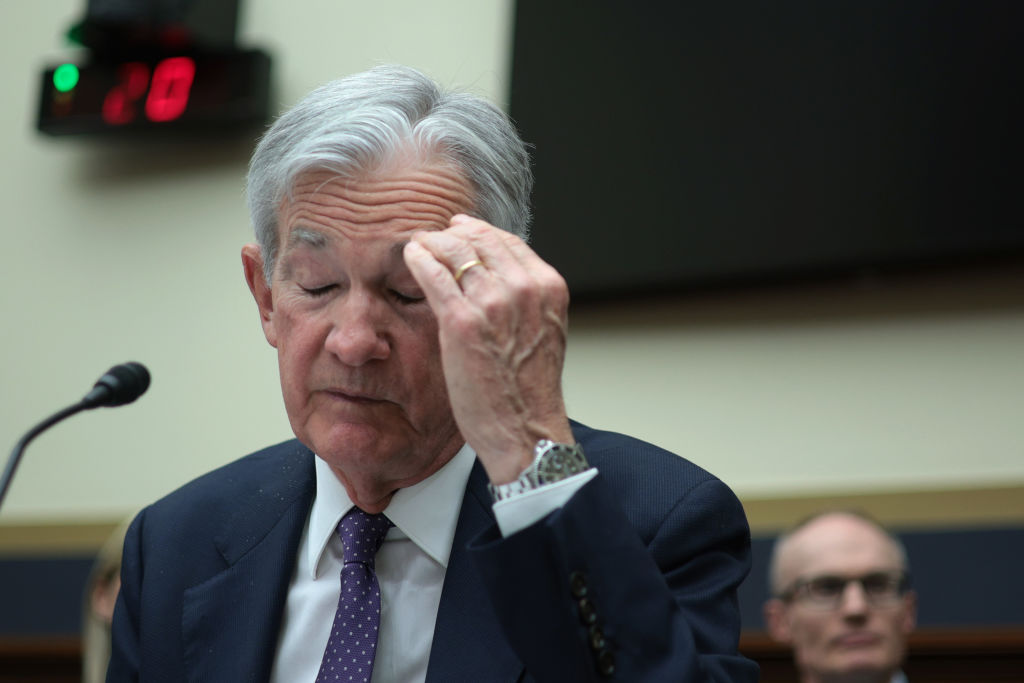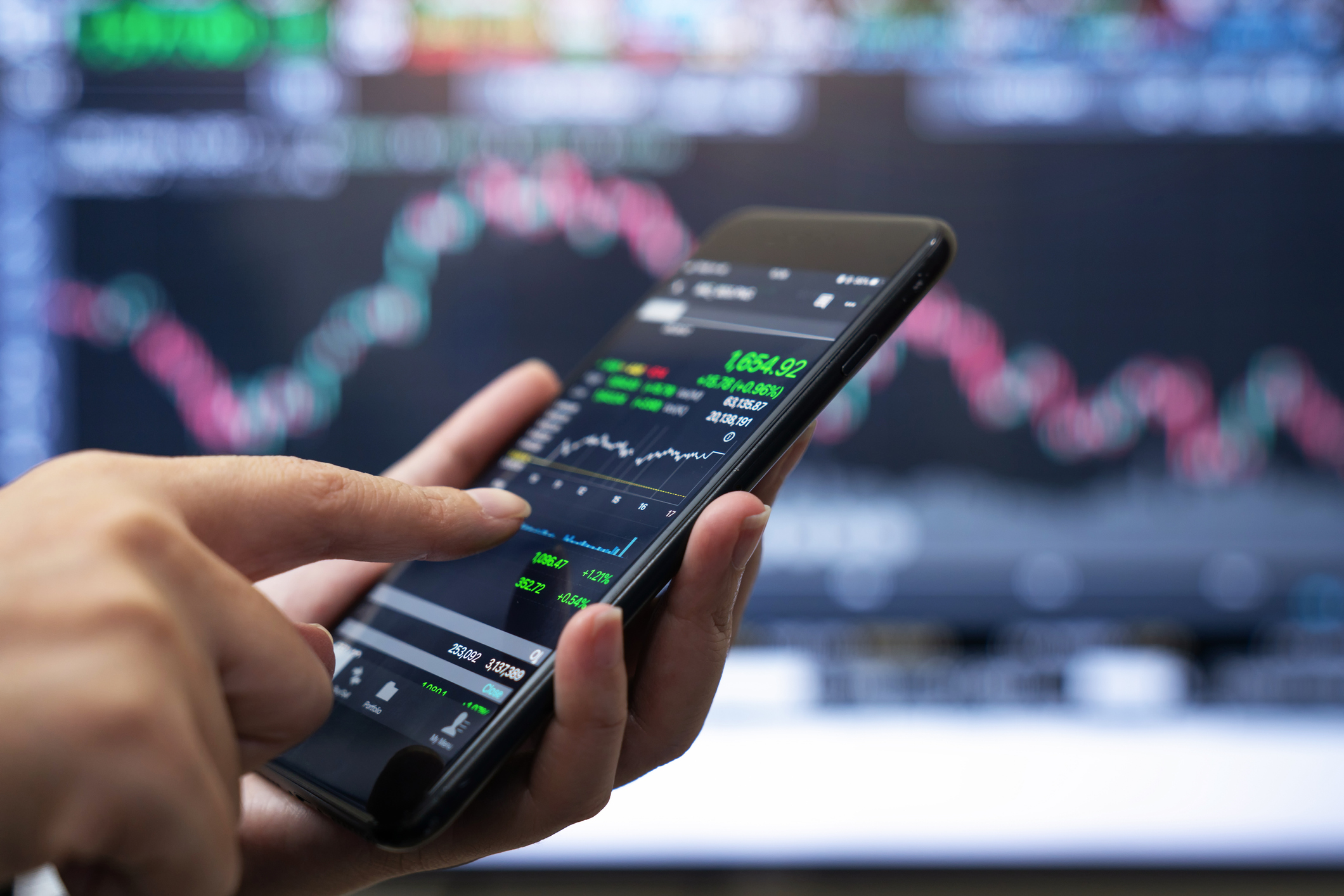What will a dollar slump mean for gold?
The pressure on the US dollar is increasing, despite rising interest rates - and that's good news for gold, says veteran gold commentator Paul van Eeden. He believes the dollar has a lot further to fall - and gold has a lot further to climb...
As anticipated the US Federal Reserve raised the overnight interest rate on Thursday by one quarter of a percent to 5.25%. Instead of rallying on the news the dollar plummeted. In the accompanying statements the Fed seemed to indicate that its stance towards further interest rate increases has softened and it would consider both inflation and economic growth going forward. Since there are clear signs the economy might be slowing down this could mean the end of the Fed's rate hikes - hence the dollar fall.
The gold price rose in direct response to the weaker dollar and a casual observation of the gold market might lead one to the conclusion that the worst is behind us. Nonetheless, I remain cautious because base metals prices are still grossly overvalued in my opinion and if base metals prices fall they could drag the gold price down temporarily. That's because many of the institutions that bought into the commodity super-cycle idea also bought gold, and if they sell, they will sell across the board.
The positive for gold is that pressure on the US dollar is increasing. My own expectation is that the dollar has to fall, on average, roughly another 35%. In the May 29th Commentary I mentioned that the Organization for Economic Co-operation and Development (OECD) was quoted in Forbes as saying the dollar had to fall by 35% to 50% in order to balance the US current account. Last week I saw an article quoting Daniel Gros, a director of the Centre of European Policy Studies (CEPS) saying that accounting errors in America's balance of payments and net international investment position add up to a staggering $2.7 trillion. His prediction: A substantial depreciation of the US dollar.
MoneyWeek
Subscribe to MoneyWeek today and get your first six magazine issues absolutely FREE

Sign up to Money Morning
Don't miss the latest investment and personal finances news, market analysis, plus money-saving tips with our free twice-daily newsletter
Don't miss the latest investment and personal finances news, market analysis, plus money-saving tips with our free twice-daily newsletter
In March I explained that both China and Japan have to let the dollar fall as neither of the two could unilaterally keep the dollar where it is. In several commentaries I have documented China's changing stance towards the dollar and in March I reported that Japan had changed its stance as well, by saying that the end of its zero interest rate policy had arrived.
However, neither China nor Japan has actually done anything substantial yet. China has not rebalanced the basket of currencies against which the renminbi exchange rate is set and Japan has not yet started raising interest rates. That does not mean changes are not coming.
Japan announced again this week that its policy of zero interest rates is over and suggested that the Bank of Japan could start raising interest rates by the end of summer. Higher Japanese interest rates would kill the yen-dollar carry trade and could lead to a rise in the yen-dollar exchange rate (devaluation of the dollar).
President Bush's Treasury secretary nominee, Henry Paulson, told a Senate panel that the US has to aggressively encourage China to make its currency more flexible. Translated, it means that China has to allow the US dollar to fall.
As the dollar falls the gold price in US dollars will rise and according to my calculations the gold price should rise to about $1,000 an ounce. That makes the current gold price of around $600 an ounce look very attractive. If I did not own any gold related investments I would be aggressively buying right now. But, as I said earlier, there is also some risk that the gold price could fall further before it eventually rises to triple digits. Therefore I would also not be fully invested at this time.
I always try to engineer win-win situations, which is why I own a lot of gold investments and I have a lot of spare cash. If the gold price goes up, I'm happy. If the gold price goes down, I can buy more at lower prices, and I'm happy. It also makes it much easier to sleep well at night and not worry about what the gold price is going to do next week or next month.
First published on Kitco.com (www.kitco.com)
By Paul van Eeden. Paul van Eeden works primarily to find investments for his own portfolio and shares his investment ideas with subscribers to his weekly investment publication. For more information please visit his website (www.paulvaneeden.com). If you would like to read more from Paul, you can sign up to get his weekly commentary at https://www.paulvaneeden.com/commentary.php.
And for more on investing in gold, please read the report below...
Get the latest financial news, insights and expert analysis from our award-winning MoneyWeek team, to help you understand what really matters when it comes to your finances.
MoneyWeek is written by a team of experienced and award-winning journalists, plus expert columnists. As well as daily digital news and features, MoneyWeek also publishes a weekly magazine, covering investing and personal finance. From share tips, pensions, gold to practical investment tips - we provide a round-up to help you make money and keep it.
-
 Halifax: UK house prices at lowest level since summer as growth slows
Halifax: UK house prices at lowest level since summer as growth slowsProperty prices fell by 0.6% month-on-month in a typical Christmas season slowdown, Halifax’s latest house price index shows.
-
 In the money: how my trading tips fared in 2025
In the money: how my trading tips fared in 2025The success of the open positions offset losses on closed ones, says Matthew Partridge
-
 The challenge with currency hedging
The challenge with currency hedgingA weaker dollar will make currency hedges more appealing, but volatile rates may complicate the results
-
 Can Donald Trump fire Jay Powell – and what do his threats mean for investors?
Can Donald Trump fire Jay Powell – and what do his threats mean for investors?Donald Trump has been vocal in his criticism of Jerome "Jay" Powell, chairman of the Federal Reserve. What do his threats to fire him mean for markets and investors?
-
 Freetrade’s new easy-access funds aim to beat top savings rates
Freetrade’s new easy-access funds aim to beat top savings ratesFreetrade has launched an easy-access exchange traded fund (ETF) range - here’s how the ETFs work and how they compare to the savings market
-
 Go for value stocks to insure your portfolio against shocks, says James Montier
Go for value stocks to insure your portfolio against shocks, says James MontierInterview James Montier, at investment management group GMO, discusses value stocks and slow-burn Minsky moments with MoneyWeek.
-
 Where do we go from here?
Where do we go from here?Features A new series of interviews from MoneyWeek
-
 As China reopens, why pick an income strategy?
As China reopens, why pick an income strategy?Advertisement Feature Yoojeong Oh, Investment Manager, abrdn Asian Income Fund Limited
-
 Income in the USA
Income in the USAAdvertisement Feature Fran Radano, manager on The North American Income Trust
-
 The challenge of turbulent markets
The challenge of turbulent marketsAdvertisement Feature Today, ISA investors face one of the most challenging economic environments seen in recent years. However, good companies can still thrive, even in the toughest economic conditions. That’s why BlackRock’s fund managers focus on these businesses when they’re looking for investment opportunities.

